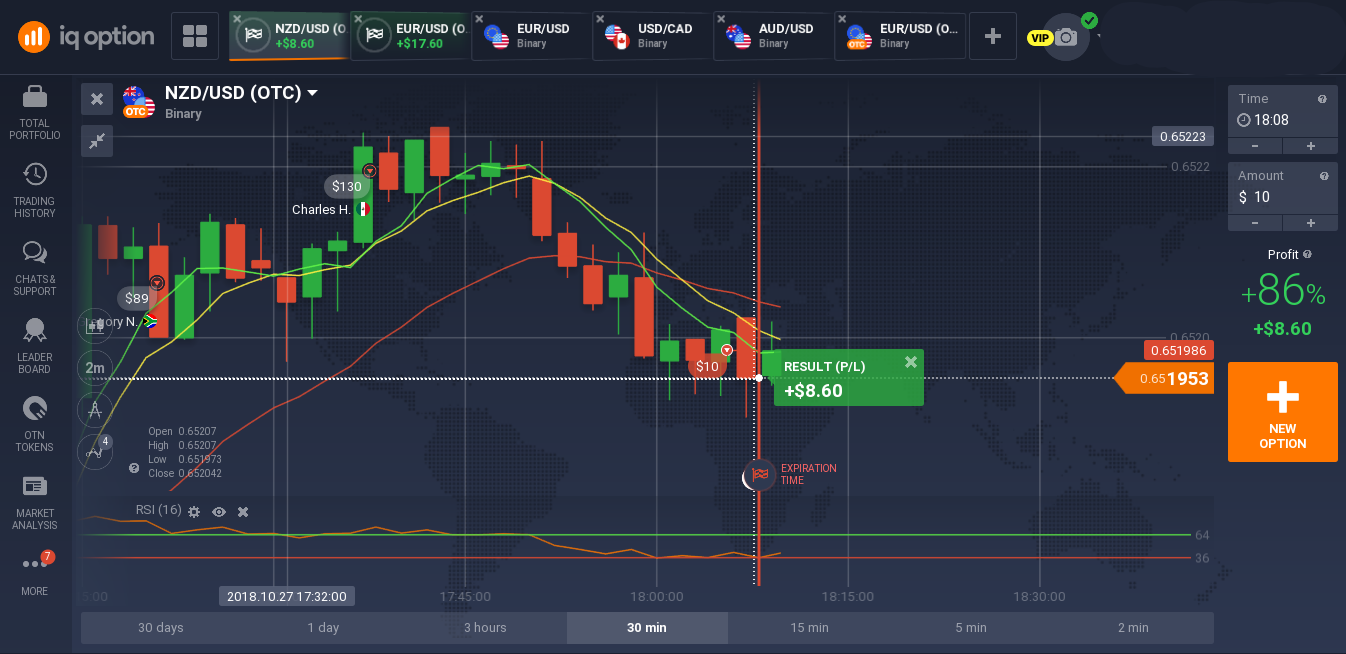In the realm of financial markets, options trading stands out as a dynamic and versatile investment strategy. It empowers investors to manage risk, speculate on price movements, and potentially generate substantial returns. Understanding the fundamental concepts of options trading is crucial, and one of the key terms you’ll encounter is the “premium.”

Image: www.youtube.com
Simply put, the premium is the price you pay to acquire an option contract. It represents the value of the contract, encompassing both the intrinsic value and the time value. The intrinsic value, determined by the difference between the underlying asset’s price and the strike price, reflects the option’s current monetary worth. The time value, on the other hand, represents the potential value of the option as time passes.
The premium can vary significantly depending on several factors, including the underlying asset’s price, the strike price, the time to expiration, and market volatility. Higher volatility typically translates into higher premiums, as it increases the chance of the option expiring in-the-money. The strike price also plays a significant role, with options at or near the prevailing market price commanding higher premiums.
Understanding how premiums work is essential for successful options trading. For instance, if you purchase a call option with a strike price of $50 and a current market price of $52, the intrinsic value is $2 ($52 – $50). If the option expires in 30 days, and the time value is assessed at $1, the total premium you’ll pay is $3 ($2 + $1).
Options trading offers a flexible and powerful toolset for investors. By understanding the concept of premium and other key aspects of options trading, you can harness the potential for profit and manage risk more effectively in financial markets.

Image: www.youtube.com
What Is The Premium In Options Trading

Image: myfinanceresources.com






